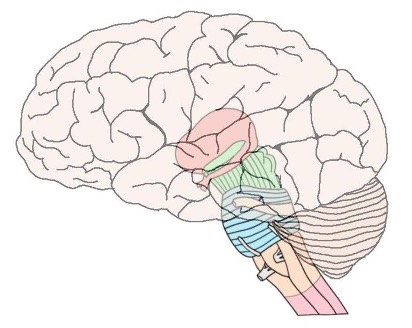Understanding Vagus Nerve Dysfunction: A Chiropractic Perspective
Have you or your child experienced symptoms like digestive issues, anxiety, breathing difficulties, heart palpitations, or frequent illness—and wondered if there’s a common thread? One potential root cause lies within the nervous system, in a structure called the vagus nerve. What Is the Vagus Nerve? The vagus nerve (cranial nerve X) is the longest and…






